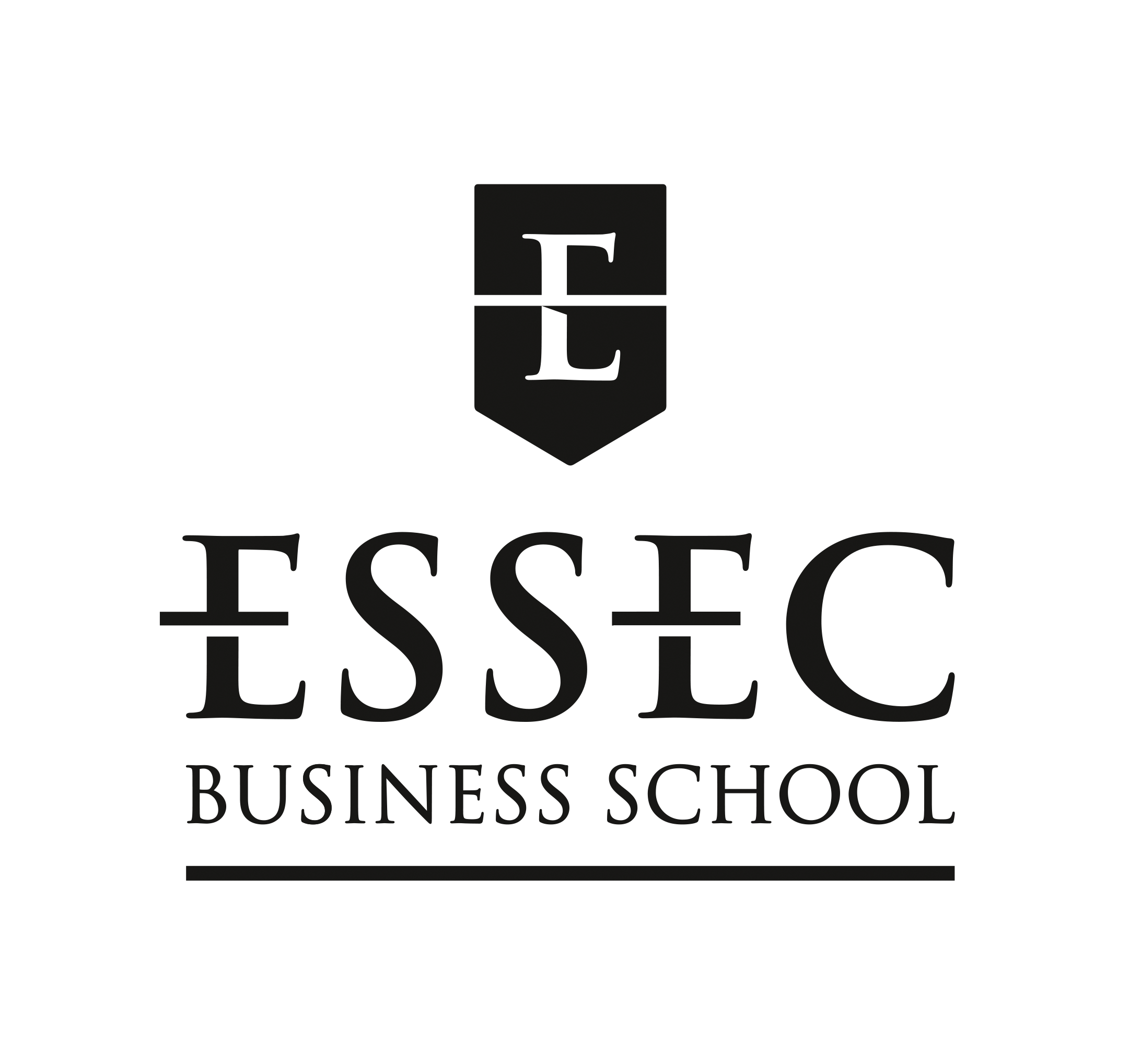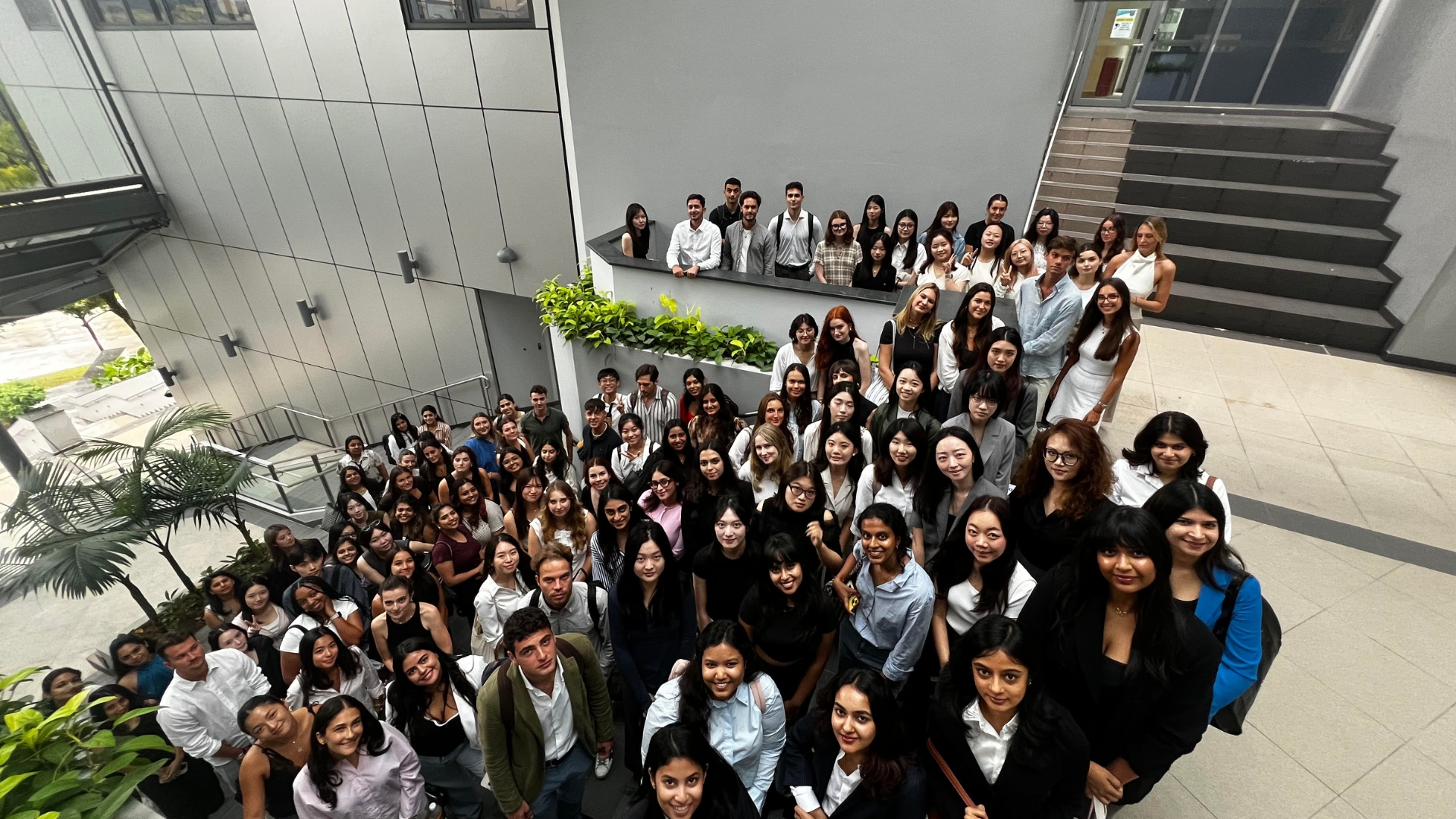This week, we’ll discuss how to follow up after an interview. How you follow up after an interview can impact the final decision, especially if it is a close one between you and another candidate. There are two types of follow-up: a “Thank you” email and a polite and professional “Chaser.”
“Thank you” Email
At a minimum, we recommend sending an excellent and concise “Thank you” email after the interview. Remember to personalize the thank you email and refer to specific items.
A “Thank you” email will have less impact if it looks like a template. It is best to send the thank you email within 24 hours of the interview while the discussion memory remains fresh in the interviewer’s mind.
It creates a positive impact because it shows both appreciation and interest. You can also use it to briefly clarify if one of your answers was unclear if you don’t mind. This shows awareness and can be a positive way to clear doubts, especially if the rest of the interview goes well.
You may need the interviewer’s contact information for some roles and companies.
We’d still recommend that you send a “Thank you” email. Even if you do not have the interviewer’s contact information, you can message the HR contact and ask them to convey your appreciation.
Professional “Chaser” Email
We want to discuss a trickier question: Should you send a chaser if you have not received an update or response? First, at the end of the interview, ask when you expect a response.
There is no hard and fast rule, but in general, it is OK to send a “Chaser” email one week after the date that the company said that they would respond.
The message should be polite and professional. There are many reasons that you have not received a response; a courteous and skilled “Chaser” email asking about the status will demonstrate your understanding and interest in the role.
If you do not get a response to your first “Chaser” email, should you send a second? Some cultural differences depend on the country, but you should not send too many chasers to Singapore and many other countries.
I think sending one more chaser is probably OK, but we recommend you stop there. Unfortunately, some companies choose to wait to give a final response to close the process. However, continuing to chase is also annoying and possibly damaging your reputation.
Conclusion
To recap, if possible, you should follow up on an interview with a “Thank you” email. It can leave a positive impression that can be helpful, especially if the decision is close for the hiring manager.
You can also send one “Chaser” email, two maximum if you do not receive a prompt response from the company. Please remember that chasing too aggressively can damage your reputation.
Learn more about developing a winning résumé, building a solid network, and other insights on professional growth from our regular Career Tips series.
RELATED POSTS
Building a Personal Brand While You Study
How students use LinkedIn, blogging, or speaking engagements to stand out.
Finding Your Fit: How ESSEC Asia-Pacific Career Services Help Global BBA Students Build Meaningful Career Paths
As Manager of Career Services at ESSEC Asia-Pacific, Cerella Sim draws on over a decade of recruitment experience to help Global BBA students…
Success After Graduation: Alumni Job Outcomes in Asia
ESSEC Asia-Pacific's Global Bachelor of Business Administration (GBBA) program effectively prepares students for successful, globally-focused…
What I Learned from Failing My First Job Application
First rejection taught ESSEC alumna Medha Thakkar that career setbacks spark growth, leading to resilience, networks, and unexpected opportunities.
Career Success Through the ESSEC Global BBA
ESSEC's Global BBA transforms students through immersive professional experiences, international mobility, and real-world learning opportunities…
The Asian Etiquette Guide for ESSEC Asia-Pacific Students
Asian business etiquette translates cultural awareness into competitive advantage through respectful greetings, proper hierarchy navigation, and…








